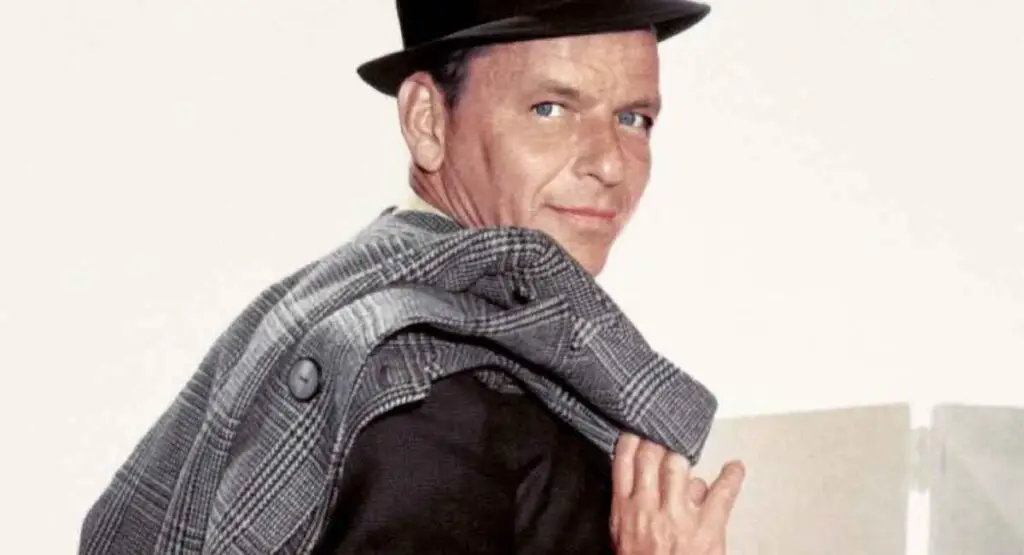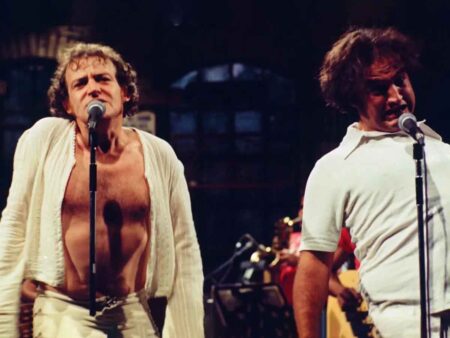Frank Sinatra was a legend with a golden voice and a natural swagger. He could mesmerize audiences anywhere, yet he also found himself linked to gangsters and backroom deals.
Those rumors swirled early in his career, when people claimed his “godfather,” Willie Moretti, threatened Tommy Dorsey to free Sinatra from a contract. Many believe that wild story inspired the Johnny Fontane subplot in Mario Puzo’s The Godfather.
Sinatra himself insisted he wasn’t tied to any criminal activity. However, those close to him admit, “He didn’t make any apologies for it—those were his friends”.
During the 1940s and 1950s, he performed in clubs run by shady figures. People said he “knew a guy” any time he had a problem, though that may have just been Sinatra’s love of bragging rights.
Still, law enforcement grew suspicious. They tracked his friendships and compiled a massive FBI file on the singer over four decades.

Some sources believe mobsters greased the wheels for Sinatra’s career. Mike Campi, a former FBI agent, even claims that Chicago Outfit enforcer Johnny Roselli convinced a Hollywood big shot to cast Sinatra in From Here to Eternity.
Despite the speculation, Sinatra performed for U.S. presidents, hobnobbed with world leaders, and seemed able to charm anyone. But his temper flared when people asked too many questions about his underworld buddies.
He also forged a unique link between Washington power players and gangster circles. It’s said he helped introduce mob boss Sam Giancana to John F. Kennedy’s circle, carrying favor for both sides.
Tension exploded when Robert F. Kennedy stepped up his crackdown on organized crime. Sinatra suddenly found himself out of the loop, and his once-cozy friendship with the White House cooled overnight.
One moment that caused lasting headaches was the “Westchester Premiere Theatre photograph” taken in 1976. Sinatra was snapped backstage with none other than Gambino crime boss Carlo Gambino and a bunch of other high ranking hoodlums.
This photo gave him a lot of trouble gaining approval from the Nevada Gaming Control Board to operate a casino. The image was produced at the hearing and he brushed it off as a misunderstanding claiming he thought he was just going to take a picture with somebody’s niece and then a whole bunch of gangsters showed up. Probably not the most convincing of arguments.
You can see the hearing here in this Crime Inc clip from 1984 where Sinatra is questioned about and Fratianno ultimately responds to what he says:
Further complicating matters, rumors surfaced that Sinatra offered to assist the CIA as an informant.
“The CIA declined his offer because they were already working with the mob and were concerned Sinatra would learn of the Mafia’s connection to the CIA and leak it,” Rothmiller, a former LAPD intelligence agent, and Thompson, his co-author, wrote. “The CIA believed the mob was more valuable than Sinatra.”
Sinatra never faced criminal charges for illegal mob involvement, but the suspicion never disappeared. His repeated run-ins with shady pals made headlines wherever he went.
Despite the constant mob associations, Sinatra’s voice remained a national treasure. Thousands would still swoon whenever he stepped on stage, no matter who he was rumored to be partying with after hours.
That mix of stardom and scandal continues to fascinate people today. As much as Sinatra tried to shrug it off, whispers about his underworld connections remain part of his legend.
He lived on a tightrope between legitimate showbiz and shadowy deals. It was a journey that only Ol’ Blue Eyes could have pulled off.




